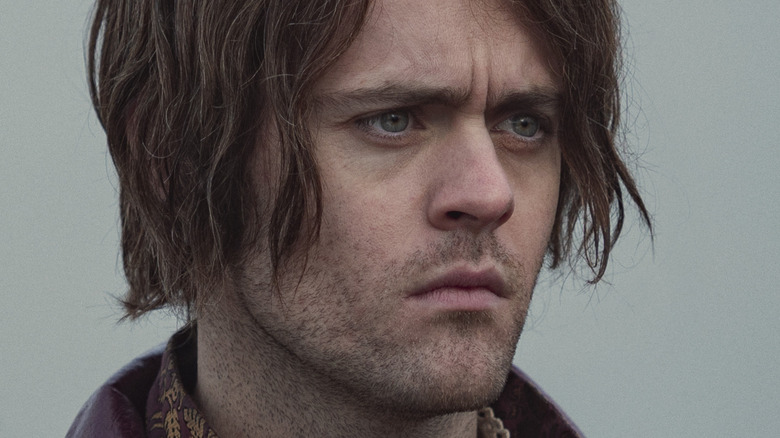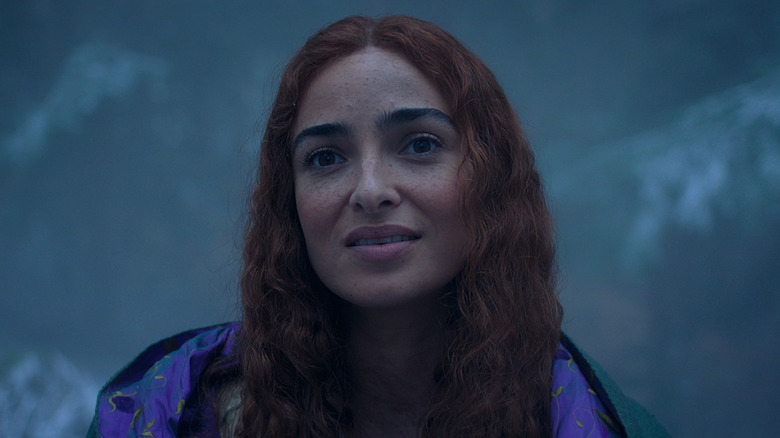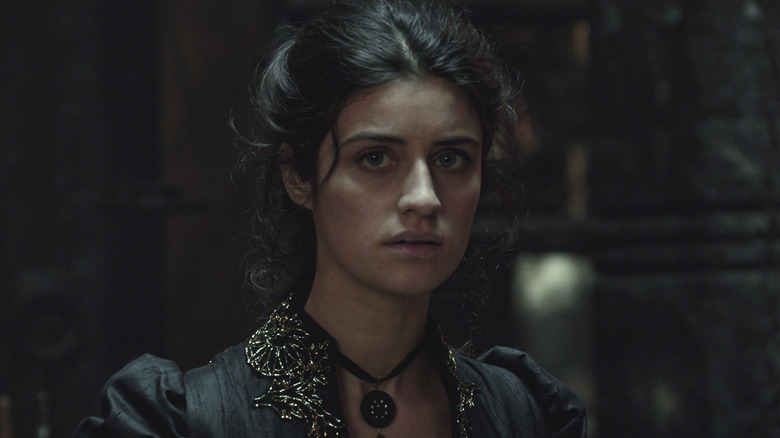Where Is Netflix's The Witcher Actually Filmed?
A few things can be assumed to follow whenever the phrase "high fantasy" describes a piece of media. First, anticipate otherworldly beings like elves, trolls, or griffins — which in turn means the aspect of "The Witcher" that has fans split down the middle (practical effects or CGI). Second, expect a complex, structured magic system, but don't expect anyone to bother explaining it. Third, brace for an unfamiliar world littered with wondrous castles, mysterious forests, and bone-ridden caves. This final aspect, possibly even more so than the others, benefits from a physical approach (although, hopefully, the bones are fake). After all, no one will bat an eye if a magic lightning bolt isn't made with literal lightning, and even fewer are going to complain that a studio didn't hire an actual sprite.
These are exaggerations to prove a point, but it's hard to ignore the credit that practical sets and a beautiful landscape provide for a high fantasy tale. Fortunately, it seems like Netflix's "The Witcher" understood this fundamental concept and traveled the globe to find the perfect visual settings. Yes, some of it's CGI, which means some variant of a sound stage, but there's enough cool stuff to warrant discussion. Here are some notable locations that "The Witcher" used for a backdrop.
Some scenes were filmed at studios
Let's get the less exciting locations out of the way first. As previously mentioned, several scenes were filmed on sound stages. For those unfamiliar with the term, a sound stage is a studio space designed to account for suitable vocal recording. It's a big soundproof box, and they're used in all sorts of films to capture sets that couldn't be found in the wild. According to sources such as Atlas Of Wonders, "The Witcher" used at least three separate sound studios around the world.
Netflix used Mafilm Film Studios in Budapest for sequences like those in Blaviken, the fictional town where Geralt of Rivia (Henry Cavill) earned his title of "Butcher." It's possible that this studio was used because it's near Budapest, the capital of Hungary, where they also filmed inside the Jaki Chapel for the same episode. Netflix also filmed in Origo Studios for the first season, located in the same area. The mighty hall of Cintra was built there until the second season when they rebuilt the set at Arborfield Film Studios, near London.
Some scenes were filmed in real world locations
Onward with the cool stuff! Netflix found several real-world locations that they felt were magical enough to use for a high fantasy series. According to sources like Refinery, "The Witcher" was filmed predominantly in Spain, specifically in the Canary Islands, and Poland. Poland is rife with aesthetically ancient architecture, and as both "The Witcher" and its author, Andrzej Sapkowski, are from Poland, it's beautifully poetic.
The Canary Islands were used for all of the stunning coastline shots, as well as the desert in which Yennefer (Anya Chalotra) got stuck in. The Canary Islands have such diverse environments that they would be the perfect setting for the live-action "Pokémon" series regions. The actual castle that made it into the series is even more magical, with the Kreuzenstein Castle in Leobendorf, Austria, used as the exterior for Vizimia in the third episode.
Plenty of other locations like the Coldharbour Wood and Bourne Wood in the UK were used to give "The Witcher" menacing forests (via Yahoo News). Suffice it to say that "The Witcher" successfully drew on reality to create an epic high fantasy.


